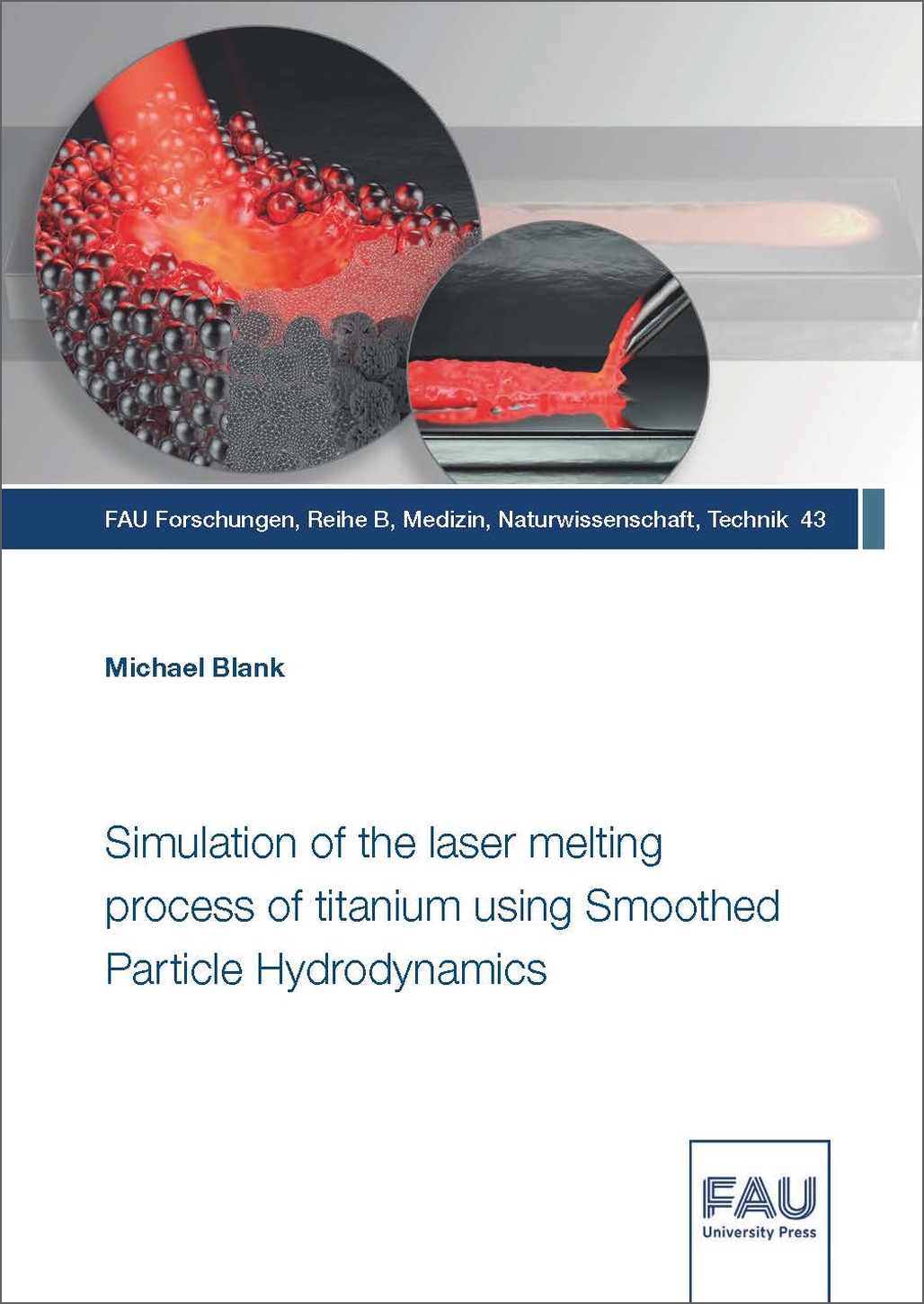Description
Laser welding, selective laser melting, and wire-based laser metal deposition are joining or additive manufacturing technologies in which a metal is melted by a laser beam. Inappropriate process parameters can lead to defects such as humping or balling, which degrade the mechanical properties of the weld or the manufactured part. In this work, the laser melting process of titanium is investigated by three-dimensional numerical simulations using the Smoothed Particle Hydrodynamics method. The absorption of laser light by the material surface and the emerging vapor is determined using a ray tracing technique. Numerical and mathematical models are developed to predict the interfacial tension and optical properties of titanium. The numerical model is validated with theory and experiments. Among others, single-line laser tracks on titanium have been simulated and compared with experiments. It is shown that the optical properties of titanium used in the experiments differ significantly from atomically clean titanium. Surface roughness, oxidation, or chemical impurities decrease the reflectivity of the titanium surface compared to atomically clean titanium. By assuming an "aged" surface, quantitative agreement between simulation and experiments can be achieved for a wide range of laser parameters. Furthermore, the numerical tool is used to study the homologous wetting of molten titanium with its solid phase. It is shown that the wetting forces affect the geometry of the resolidified melt. High-temperature gradients at the solid-liquid phase interface lead to weak wetting forces, thus promoting the humping phenomenon. Finally, wire-based laser welding of titanium in zero gravity and selective laser melting of polydisperse titanium powder are investigated using the developed model.


Reviews
There are no reviews yet.